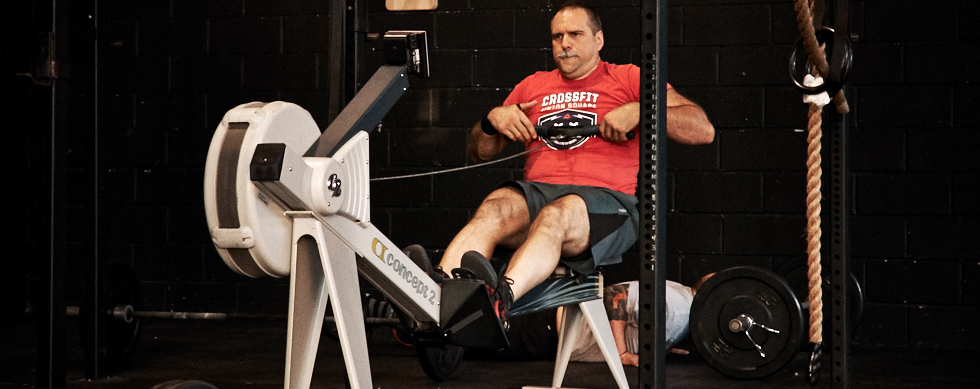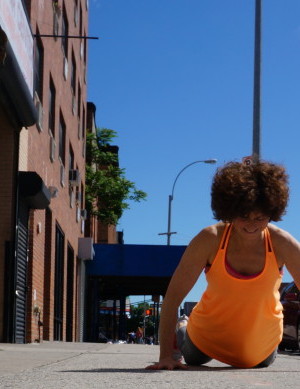Rate of Perceived Exertion
By: Reuben Pearlman
Have you noticed a new acronym floating around the box lately? “RPE,” which stands for “rate of perceived exertion,” has been popping up in our programing somewhat regularly as of late. And no, this isn’t one of those “CrossFitters love acronyms” things.
What is it?
The RPE scale is used to measure the intensity of your exercise. Depending on your preference, the scale runs from either 0 to 10, or from 6 to 20. Each number on the scale relates to how difficult the exercise activity is for the athlete to perform. For example, a rating of 0 or 6 would be used to rate how you feel when sitting in a chair; a rating of 10 or 20 would be reserved for how you feel at the end of an exercise stress test or after a very difficult activity.
In most cases, you should exercise at a moderate to somewhat heavy intensity, or an RPE of 3-4 or 13.
How can RPE be used?
At CrossFit 718, we’ve been using RPE to prescribe and monitor exercise intensity during a workout. Typically, an exercise will prescribe a certain RPE target to hit over the course of a workout. Similar to monitoring an athlete’s heart rate, a coach may periodically check in with an athlete regarding their RPE in an attempt to keep intensity within a specific training range.
Several recent studies have attempted to determine the effectiveness of rating exertion based on an athlete’s perception. These studies used oxygen uptake as an objective variable, and findings suggests that using a target RPE as a guide to regulate exercise intensity is valid.
A major advantage to using RPE over heart rate measurement is that there is no need for a heart rate monitor. CrossFitters have enough gear to worry about without adding a heart rate monitor to their bag (and you can buy new Metcons with the money you saved!). The RPE scale continues to be a useful tool, offering subjective reflection of physiological responses during physical exercise, and enabling the individual to regulate effort to gain maximum benefit.






Leave a Reply
Want to join the discussion?Feel free to contribute!